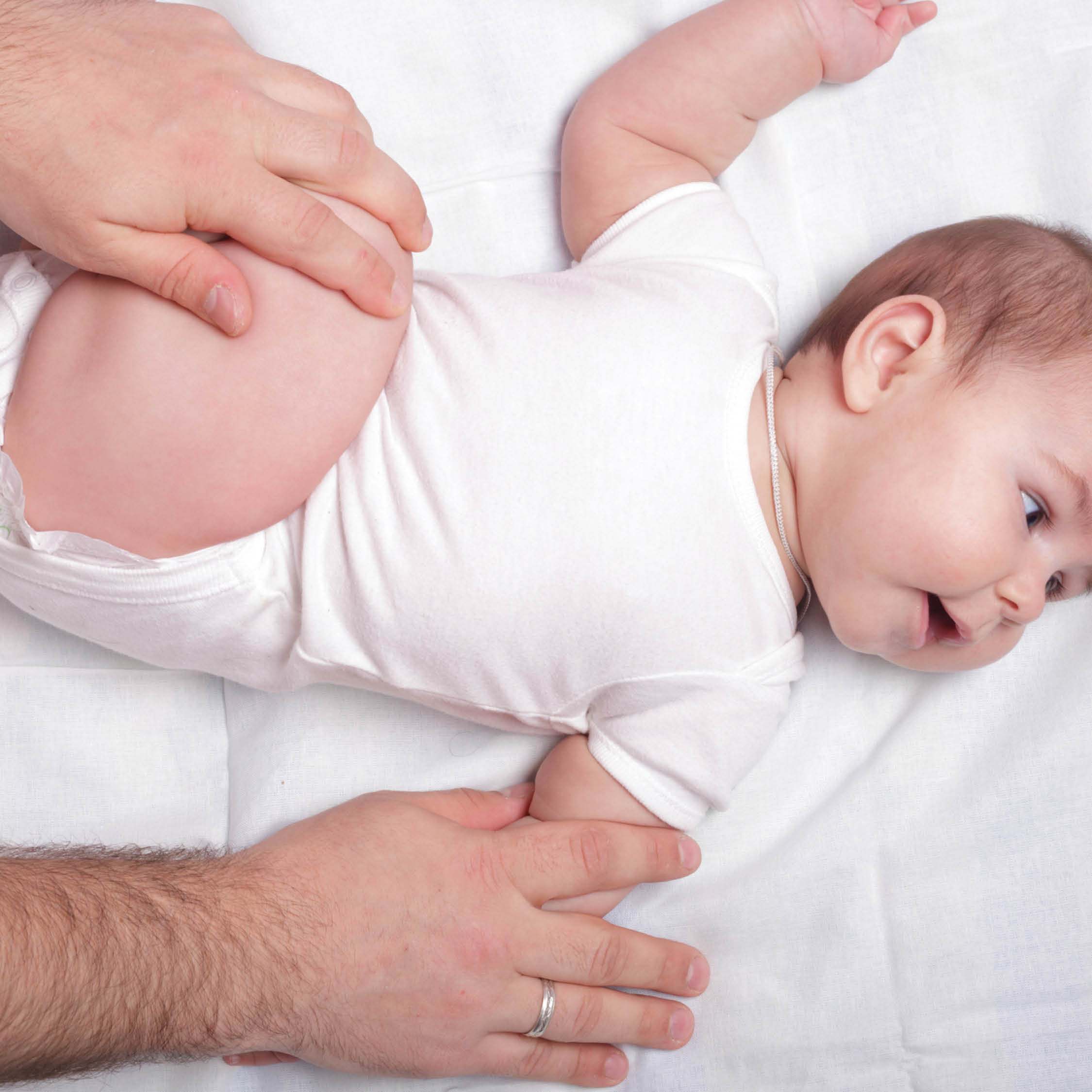
March 26, 2019
Raising awareness for healthy hips
Healthy Hips week is here (1-7 April)! So, to raise awareness for all the good work Healthy Hips Australia do for people diagnosed with Hip Dysplasia, we’ve written a little blog to bring you up to speed on what Hip Dysplasia is, what to look out for and what can be done about it. What is Hip Dysplasia? Hip Dysplasia is a condition where the ball and socket part of the hip joint do not fit properly together in their normal position. The main cause is a combination of loose ligaments around the joint and abnormal growth or development. The severity of this condition can vary from mild dysplasia, to severe abnormal development where dislocation of the hip may occur. The condition is also referred to as Developmental Dysplasia of the Hip (DDH), congenital hip dysplasia, and has many other names too. Who does it affect? As many as 1 in 6 full-term newborn babies have some form of hip instability at birth, and it tends to affect females more than males. However, it is not always present at birth, hence the ‘developmental’ part of the name. Risk factors for developing this condition include:- Incorrect swaddling techniques
- Being a first born
- Having family history of the condition
- Breech positioning inside the womb
- Clicking or clunking when moving the hip
- Uneven thigh or buttock skin creases
- Uneven leg lengths
- Weight-bearing to one side when sitting
- Avoidance of weight bearing altogether
- Limping or pain when walking
- Walking on tip-toes on one side
- Legs that are difficult to spread apart
